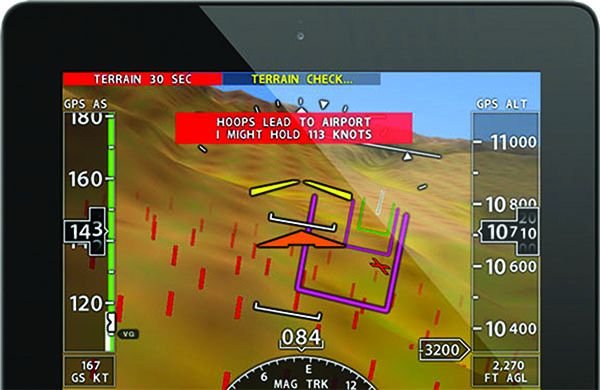Thanks for your excellent, thorough article on engine-loss training (“Engine-Out Training”) in the August 2021 issue. It reminds me that, in my experience, most of the training involves the procedure for restarting the engine. This is one-third of the response needed.
The other two-thirds are:
1: Pick a field
2: Set up to land in it
(3: Try to restart the engine)
This is the way pilots of self-launching sailplanes train. Try to restart the engine only after taking care of the fly the airplane business. Relative to your article, in my limited personal experience, every engine failure has been due to running a tank dry. Therefore, top of the checklist.
I do feel that it is also extremely important for students to learn that an aircraft can safely glide to landing, and about the changing perceptions of height and apparent speed as one gets closer to the ground. The safest, in my experience, is not to glide to the furthest possible field (though a demonstration of how well the aircraft glides at idle is also very instructive), but to fly a circling approach from above the airport.
Generally, the airplane can be made to descend pretty close to 500 fpm, which makes it easy to calculate mentally how many minutes it will take to land, and a standard-rate turn lets the pilot mentally calculate how many turns there will be on the way down. My experience is that one of the last two turns can be easily adjusted (opened up) to ensure that the airplane lands on the runway (on the numbers is not a goal).
For example, this week I was practicing and measuring descent rates at various speeds in my Mooney. The panel instruments calculated the wind at 7000 msl to be 51 knots at 283 degrees. I ended up orbiting the airport at the end my standard-rate-turn phase, and it was pretty obvious that with care, I could leave the engine at idle and simply land at idle. With wind at pattern altitude >30 knots, this took some adjustment, basically a circling pattern.
As I turned final, about ½ mile out and at 800 feet agl, it seemed like this would be just about right if I left the gear up until I had the runway clearly made. So at about 500 feet on short final, somewhat above glide path and slightly fast (82 knots), I extended the gear and put in full flaps. I was a little surprised at how aggressively it descended, not having left everything to the last moment in the past, especially against a strong headwind.
I came over the runway end slightly slower than I desired (72 knots), slightly lower, flared 100 feet past the verge and touched down about 200 feet past it. I had used up the margin I’d created; it was good. I could have used throttle if success came into question. The Citation pilot taxiing did not make any snide comment about the round black airbrakes coming out late.
Dan Johnson – Via email
Thanks, Dan, and that’s a nice practice session. Keep it up!
SLIGHT PICTURE
I thought Mike Banner’s article, “Striking Behavior,” (August 2020) was excellent, especially the reference to a “sight picture.” For decades, my mental concept on landing was “getting into the slot” before touchdown. Only recently have I paid significant attention to the sight picture.
As we taxi out, there is a sight picture and I try to incorporate that same picture on landing, accompanied with a slight flare. This seems to properly place the aircraft and overcome ground effect which might prolong touchdown.
Of course, wind conditions and necessary course corrections have to be made and may effect the quality of the landing, but I think proper sight picture is a uniform concept in all landings.
Thank you for your excellent article!
Charlie Hodge – Via email
Thanks, Charlie. The sight picture can be a difficult concept for students who tend to focus right in front of the airplane instead toward the far end of the runway. It’s something our CFIs drummed into us early on. If everyone had our CFIs, there’d be no need for this magazine!




